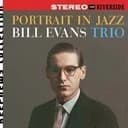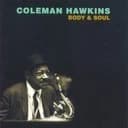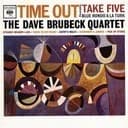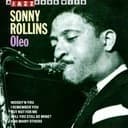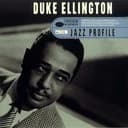Theory and Interval Formula
The G♯ bebop dominant scale follows the interval formula of 2-2-1-2-2-1-1-1 semitones, producing the notes G♯, A♯, B♯ (C natural), C♯, D♯, E♯ (F natural), F♯, and F𝄪 (F double-sharp, sounding like G natural). The scale's interval structure is 1 2 3 4 5 6 ♭7 7, where the chromatic passing tone (F𝄪) creates an eight-note structure ensuring chord tones (G♯, B♯, D♯, F♯) fall on strong beats during eighth-note improvisation. This rhythmic alignment, developed by bebop pioneers like Charlie Parker and Dizzy Gillespie, revolutionized jazz improvisation by maintaining harmonic emphasis during rapid scalar passages.
Enharmonic Complexity and Notational Preference
The G♯ bebop dominant scale presents significant notational challenges due to its requirement of multiple sharps and double sharps (F𝄪), making it prohibitively complex for reading and performance. The scale is acoustically identical to the A♭ bebop dominant scale, which uses only four flats (A♭-B♭-C-D♭-E♭-F-G♭-G-A♭) instead of G♯'s eight sharps. Professional jazz musicians universally choose A♭ bebop dominant over G♯ bebop dominant for practical reasons—the simpler notation allows for faster reading, easier transposition, and reduced cognitive load during improvisation. Understanding this enharmonic relationship is essential for theoretical completeness, but in practice, always default to A♭ bebop dominant when these pitches are needed.
Application in Jazz Improvisation
In the rare theoretical context where G♯ bebop dominant might be considered, it would serve as an improvisational tool over G♯7 (G♯ dominant seventh) chords. However, jazz standards and lead sheets overwhelmingly use A♭7 instead of G♯7 in flat-key contexts. When improvising over chord progressions that theoretically involve G♯7—such as C♯m7-G♯7-C♯maj7 in the key of C♯ major—jazz pianists typically think in terms of the enharmonically equivalent flat-key progression (Dbm7-A♭7-Dbmaj7) and use the A♭ bebop dominant scale for clearer mental processing and sight-reading.
Piano Practice and Fingering Considerations
If practicing the G♯ bebop dominant scale for theoretical understanding, use consistent fingering: right hand ascending from G♯: 2(G♯)-3(A♯)-1(B♯)- 2(C♯)-3(D♯)-1(E♯)-2(F♯)-3(F𝄪)-4(G♯). However, this practice is primarily academic—developing genuine jazz facility requires practicing the A♭ bebop dominant scale instead, which provides identical pitches with far more practical notation. Set your metronome to 60-80 BPM and practice in strict eighth notes, emphasizing chord tones on downbeats. Jazz educators universally recommend learning bebop dominant scales in their most readable enharmonic spellings rather than pursuing theoretical completeness at the expense of practical musicianship.
Relationships to Other G♯/A♭ Scales
The G♯ bebop dominant scale relates theoretically to other G♯ scales, though all share the same notational complexity issues. The parallel A♭ bebop major scale provides a different bebop color over major tonality. The G♯ major scale, with its eight sharps including double sharps, illustrates why Western music notation embraces enharmonic respelling—no composer writes in G♯ major when A♭ major provides identical pitches with four flats. Jazz pianists should understand that G♯ bebop dominant exists as a theoretical construct demonstrating enharmonic relationships, but practical jazz performance universally employs A♭ bebop dominant for these pitches. Master the readable version first—theoretical completeness can follow once practical facility is established.
